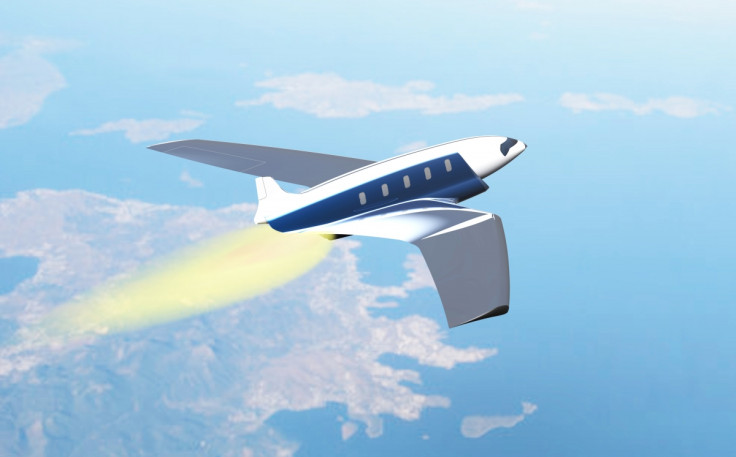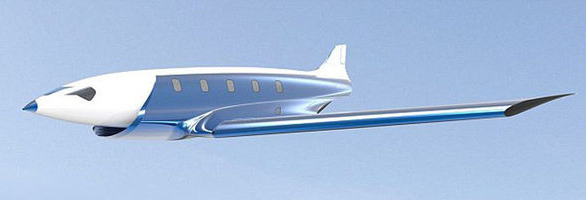Future aeroplane design could see travel from London to New York in 11 minutes

A new aircraft design concept has been revealed that could see passengers of the future flying at nearly 12 times faster than Concorde – that's fast enough to get you from London to New York in just 11 minutes.
There seems to be a new hypersonic jet announced every other week promising the dreamy prospect of long-haul international travel that takes mere minutes to complete, but the Antipode from designer Charles Bombardier is the most salivating yet.
Powered by rocket boosters for take-off, the Antipode would climb to 40,000 feet at Mach 5. From here, its wings would detach and fly themselves back to base – that's impressive in itself – then the pilot kicks it up a gear by igniting its supersonic engines to hit Mach 24 – or speeds of 12,427 miles an hour.
The Antipode is designed as a private jet and would be able to accommodate up to 10 (extremely wealthy) people to travel across the globe at staggering speeds that'll barely give passengers enough time to get their gin and tonic. Claimed flight times include New York to London in 11 minutes, New York to Shanghai in 24 minutes and New York to Sydney in 32 minutes.
The design follows Bombardier's previous hypersonic jet concept, the Skreemr, which set travellers' tongues wagging with the vision of catapulting passengers at Mach 10 using a magnetic railgun-style system to fling the aircraft into the sky and then use liquid-oxygen rockets to hit high speeds.

The Antipode takes things further and faster, and also attempts to solve the big issue of Bombardier's previous design, which would suffer from extreme heat from air friction and the massive sonic boom it would create over land.
To combat these effects, the hypersonic jet would use an aerodynamic technique called long penetration mode (LPM) that would channel air flowing over the aircraft through a gap at the front and on to the wings and nose, cooling it down and helping to muffle the noise as it breaks the sound barrier.
As exciting as it all sounds, the idea is still firmly on the pin board of the designer with no mention of what year, decade or century we could be seeing these wickedly fast wings. Besides, when they do land, the cost of a ticket would be so astronomically high that even the world's richest might prefer slumming it in first class instead.
© Copyright IBTimes 2025. All rights reserved.






















